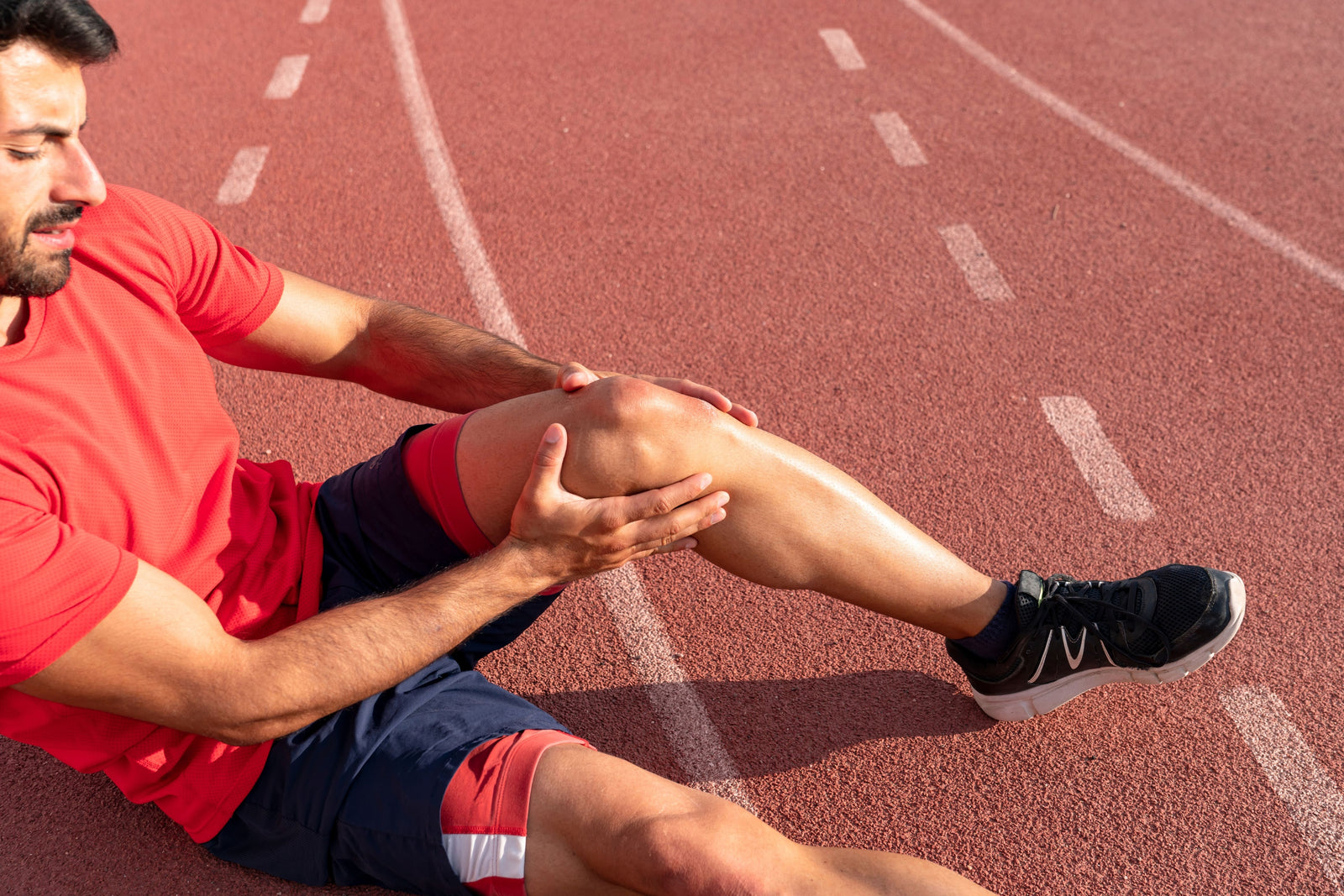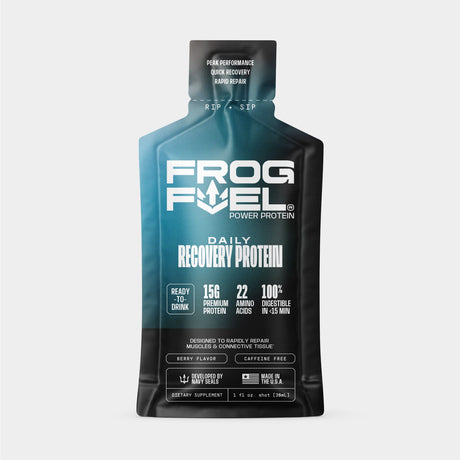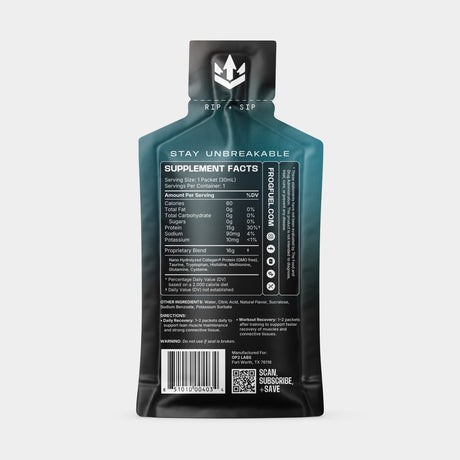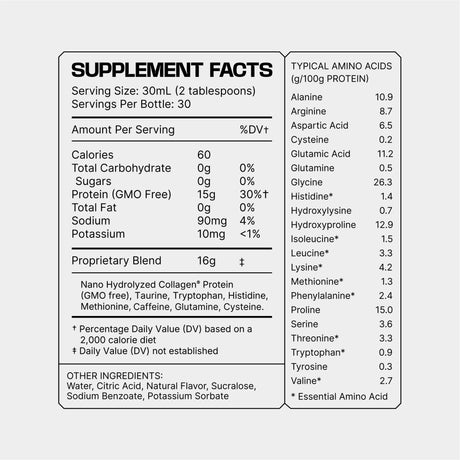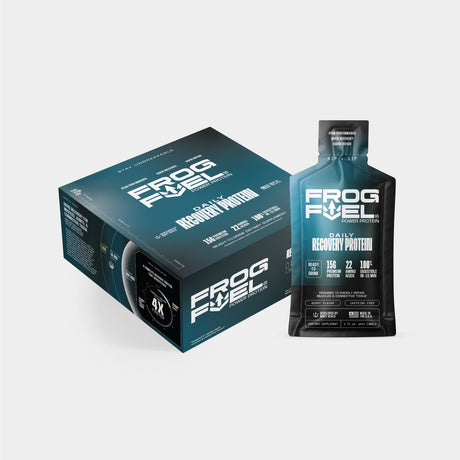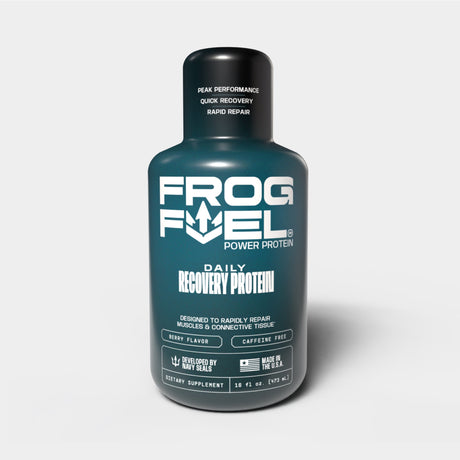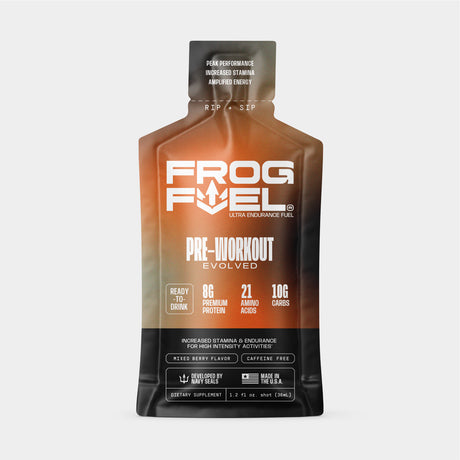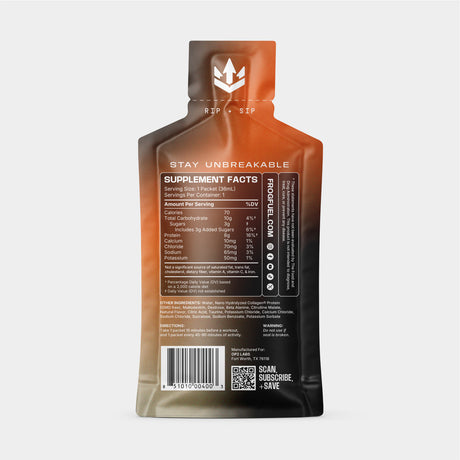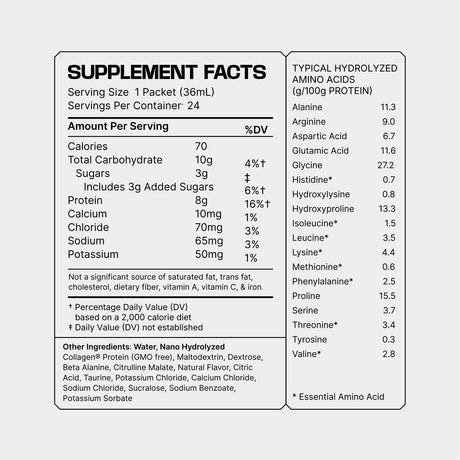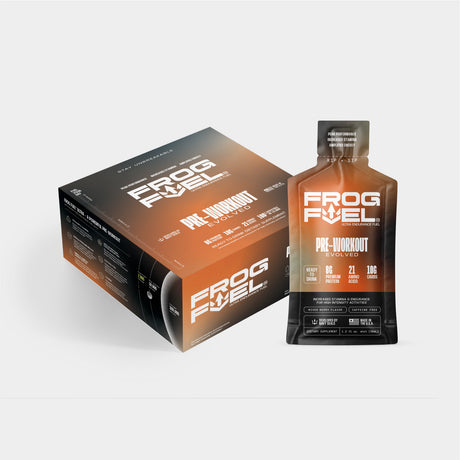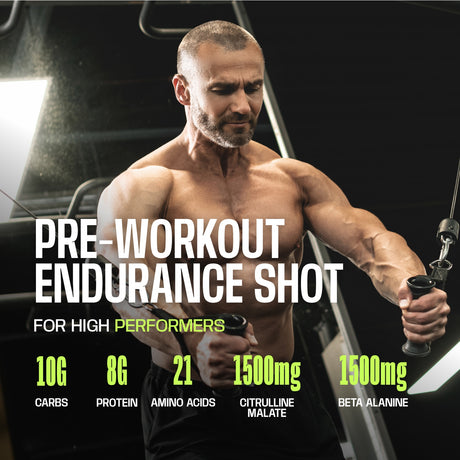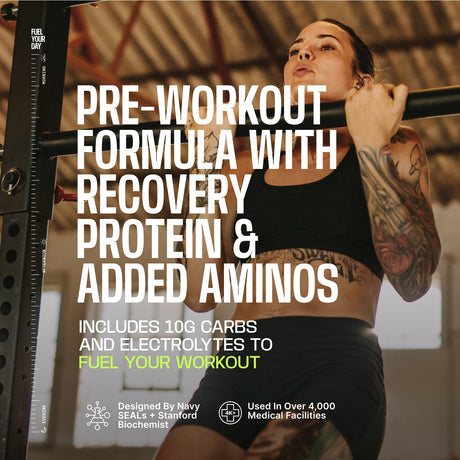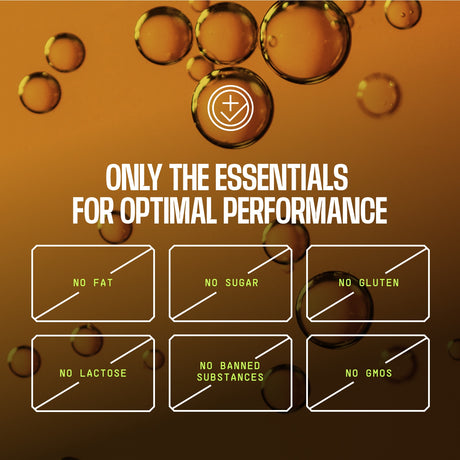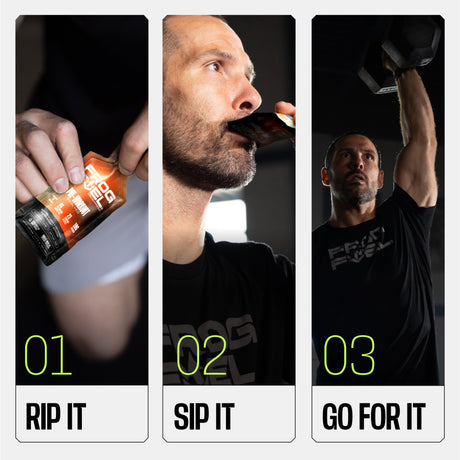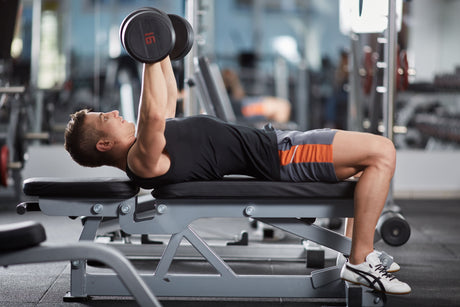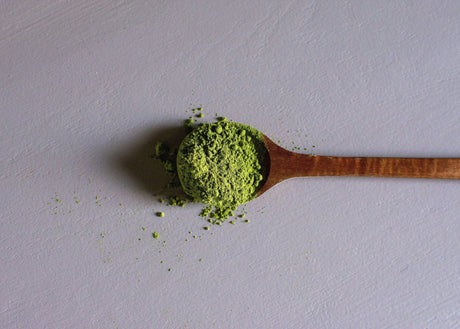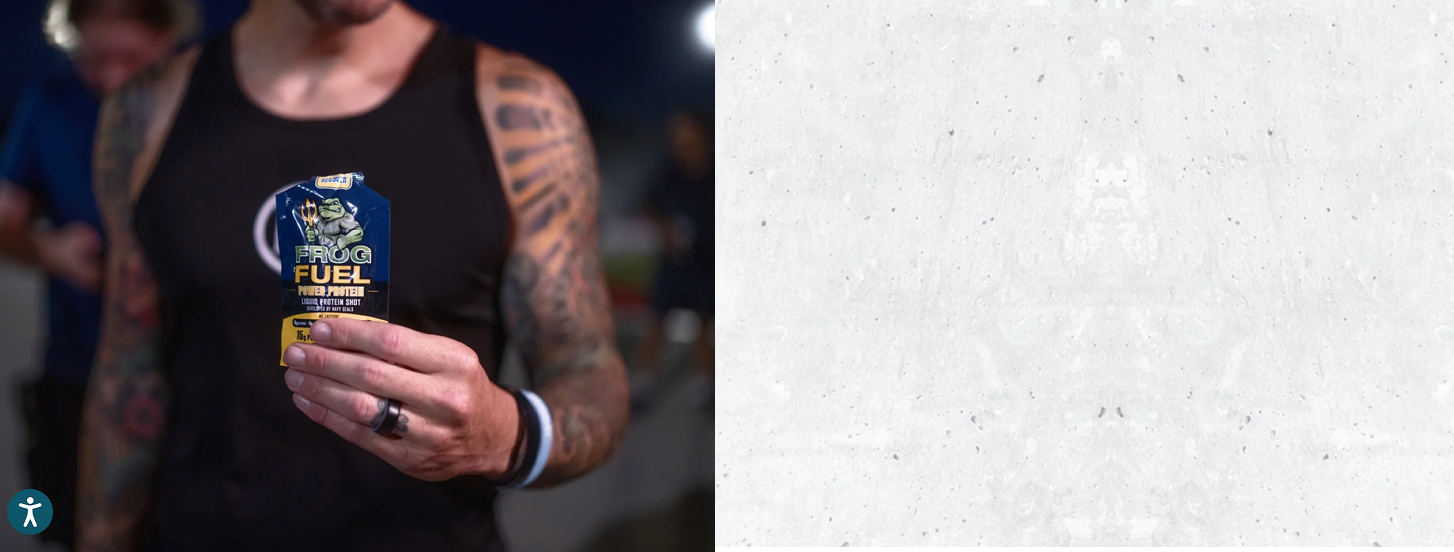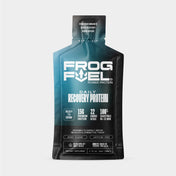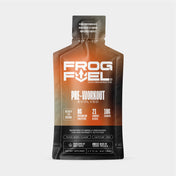ACL injuries are no fun. They hurt, they keep you out of action, and torn ACL treatment is notoriously slow. How long does a torn ACL take to heal? It depends on a number of factors, which we will cover in this article!
Anterior cruciate ligament (ACL) injuries are one of the most common sports injuries. They also tend to affect the most active people, as they usually occur when someone is playing sports or engaged in intense physical activity.
If you’re an active person with an ACL injury, you’re probably wondering what your options are for a speedy recovery. Don’t worry, we’ve got you covered. Today we’re going to take a look at what your treatment options are, as well as a tried-and-true tip for speeding the process up.
Before we get into torn ACL treatment, let’s make sure you understand your ACL diagnosis and the type of ACL issues out there.
How do doctors diagnose an ACL injury?
When it comes to diagnosing ACL injuries for torn ACL treatment, doctors rely on a combination of physical examination, medical history, and imaging to determine whether a patient has an ACL tear.
A doctor will typically begin by asking the patient about their symptoms and any past knee injuries they may have experienced. The doctor may also perform a physical examination to check for swelling, tenderness, and instability in the knee joint.
If there is any concern that the patient may have an ACL tear, the doctor will likely order imaging tests such as an X-ray or MRI scan.
An X-ray can help doctors rule out the possibility of a fracture. An MRI is more comprehensive, and can detect a tear in the ACL or other ligaments, as well as any damage to cartilage.
In some cases, a doctor may also perform an arthroscopy – a procedure where a small camera is inserted into the knee joint through tiny incisions.
Once the doctor has determined that the patient does have an ACL tear, they will discuss torn ACL treatment options. These typically include physical therapy and at home treatments and, in some cases, surgery to repair the ligament.
It is important for patients with ACL injuries to seek torn ACL treatment as soon as possible so that the doctor can properly diagnose and treat the injury. With proper diagnosis and appropriate torn ACL treatment, most people are able to return to normal activity levels following an ACL injury.
Of course, your torn ACL treatment will look different depending on the severity of your injury, so let’s take a look at the different levels of ACL injury.
Different grades of ACL injury
When it comes to ACL injuries, not all sprains are equal. The amount of pain and time spent healing can vary greatly depending on the severity of the sprain.
Here's a quick look at the different grades of sprains for ACL injuries:
Grade 1 Sprain
This is considered a mild sprain and involves stretching or minor tearing of the ligament. You might experience some swelling and soreness, but recovery time is relatively short and you can usually continue playing sports with proper bracing or taping.
Grade 2 Sprain
This sprain involves more severe stretching or tearing of the ligament but it is still considered stable and not completely torn. Recovery time is typically longer and you may need to take a break from your regular activities.
Grade 3 Sprain
This is a complete tear of the ligament, which can result in severe pain and instability. Surgery might be required if the tear doesn't heal properly on its own. Rehabilitation following surgery is extensive, and it can take several months before you're able to return to your normal activities.
No matter what grade of sprain you may have, it's important to rest and consult a qualified medical professional as soon as possible in order to get the best treatment for your injury.
In the meantime, stay positive and don't forget that with proper care and patience, you’ll eventually get back in the game.
Now that you hopefully understand your diagnosis, let’s take a look at some different torn ACL treatment options.
Treatment options for ACL injuries
Here are some of the torn ACL treatment options your doctor may recommend:
Surgery
If you have a Grade 3 tear and your ACL won’t heal on its own, your doctor may suggest surgery. There are several different types of ACL reconstruction surgeries available, all of which use grafts to replace the torn ligament and restore stability in the knee joint.
After surgery, physical therapy is often required to help regain strength and improve your range of motion.
RICE (rest, ice, compress, and elevate)
Not all ACL tears require surgery. You may even be able to treat your injury from home under the guidance of a medical professional.
Initially, the most important thing is to reduce swelling and pain - which often requires rest, ice, compression, and elevation (RICE). These are the four key tenets of treating soft tissue injuries!
The RICE method has long been used by medical professionals and athletes to reduce swelling, inflammation, and pain associated with injuries such as sprains, strains, and contusions.
To practice RICE, start by resting the injured area for a few days. This may include using a brace or crutches to ensure your ligament gets true and proper rest.
Of course, you don’t want to rest for TOO long. Doing so can cause your ligament to stiffen, which will only make your torn ACL treatment take longer in the end.
Ice will help reduce swelling, inflammation, and pain during the first 48 hours after injury. Simply wrap an ice pack in a towel and apply it to the affected area for 15-20 minutes at a time.
When it comes to compression, compression wraps like ACE bandages can help minimize swelling while providing support to the soft tissue.
And last is elevation. You want to try to keep your injured ACL above heart level when possible, so try to lie down with your leg propped up on a pillow.
Physical therapy
After RICE, physical therapy is usually the first line of defense for torn ACL treatment. Through specialized exercises designed to improve muscle strength and flexibility, this torn ACL treatment option helps you regain function in the knee, allowing you to return to normal activities.
After any treatment, it’s important to engage in a comprehensive rehabilitation program. Your physical therapy program will focus on restoring strength and flexibility to the knee joint while also improving balance and coordination.
Collagen
Collagen supplements are a great torn ACL treatment option to use in conjunction with physical therapy or surgery.
Why?
Collagen is the primary structural protein found in many of our body's tissues, including tendons and ligaments. That’s why so many people take collagen for joints! When you have a joint injury, like an ACL tear, collagen helps to build and repair new tissue in your joint.
This can make recovery faster than with traditional treatments alone, which is why collagen is commonly used in sports injury treatment.
Increasing your body's collagen levels can be done with dietary changes and taking specific collagen supplements.
Eating foods that are high in vitamin C, such as oranges, strawberries, and broccoli, can help the body create more collagen naturally. You can also find collagen in animal products like meat and bone broth.
Additionally, there are a variety of specialized collagen supplements on the market that can provide an added benefit to those looking to heal ACL injuries. In fact, we really recommend supplements, because it can be difficult to get the level of collagen you need from food alone.
The increased collagen levels also reduce inflammation, making the recovery period more comfortable.
Collagen supplements after injury are especially beneficial for those whose ACL injuries require surgery. Because collagen helps build tissue, it can help speed up the surgical wound healing process and get you back on your feet more quickly.
Torn ACL FAQs
Now you know all the ins and outs of ACL injuries and the different torn ACL treatment options, let's look at some common questions related to ACL injuries.
How long does it take to recover from ACL surgery?
How long does a torn ACL take to heal? It depends on your age, underlying conditions, and severity of your tear.
When it comes down to it, torn ACL treatment takes time. Ligaments take longer to heal than bones, so don’t expect this to be a quick journey! Most people tend to recover in six to nine months, and taking a collagen supplement may help to speed up that timeline.
While that may seem like a long time, rest assured that with proper torn ACL treatment - rehab exercises, dedication to the process, and a little collagen sprinkled in - your knee will be back in prime condition in no time.
So the answer to “how long does a torn ACL take to heal?” really depends on you!
Are there any risks from ACL surgeries?
A lot of people worry about the risks associated with ACL surgery, but the truth is that modern surgical techniques used for torn ACL treatment have greatly reduced the chance of complications.
While any surgical procedure carries a small risk of infection and other problems, most surgeries are successful and provide a dramatic improvement in mobility and stability for those who have suffered an injury to the ACL.
That being said, it's still important to discuss all potential risks with your doctor before going forward with any surgical procedure.
Why are some people more prone to ACL injuries than others?
There could be a number of factors at play here. As we mentioned above, if you’re an athlete or have a job that requires physical labor, your risk of injury increases significantly. The same goes for anyone who plays contact sports where twists and turns are commonplace.
Your risk level could also be genetic, and some people are simply born with loose ligaments or weakened muscles which puts them at a higher risk of ACL injuries.
Age is another factor; typically athletes over the age of 30 may experience increased stiffness in their joints due to decrease in natural collagen levels, which makes them more susceptible to ACL injuries.
Doing simple things like stretching and warming up before activity can help reduce the risk of ACL injuries significantly. Remember: ACL injury prevention is the best form of torn ACL treatment!
What activities should be avoided following an ACL injury?
When recovering from an ACL injury or surgery, there are certain activities that should be avoided. These include running or jogging, jumping, squatting, hopping, and any high-impact sports such as basketball or football.
It's best to avoid sudden starts and stops for at least the first few weeks after your injury, too.
Instead of putting pressure on your ACL, focus on lower impact activities during torn ACL treatment, such as swimming or walking. It's also important to take it easy and avoid any heavy lifting or carrying. Rest is key!
Of course, the number one source of advice for what you can and can’t do should be your doctor. A trained professional who has seen your injury will be able to give you more specific guidance.
Should I take supplements after an ACL injury?
You should absolutely take supplements after injury. You should focus on supplements that will reduce inflammation and help with healing. These include vitamin C, glucosamine, zinc, and collagen.
Of course, collagen should always be at the top of your ACL recovery shopping list. Its ability to promote healing after injury is undisputed, and many doctors consider it the best supplement you can take to get you back on your feet.
The benefits of collagen supplementation for athletes are numerous, and go far beyond swift wound healing. If you haven’t considered hydrolyzed collagen supplements for your athletic performance before, now might just be the time!
